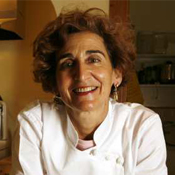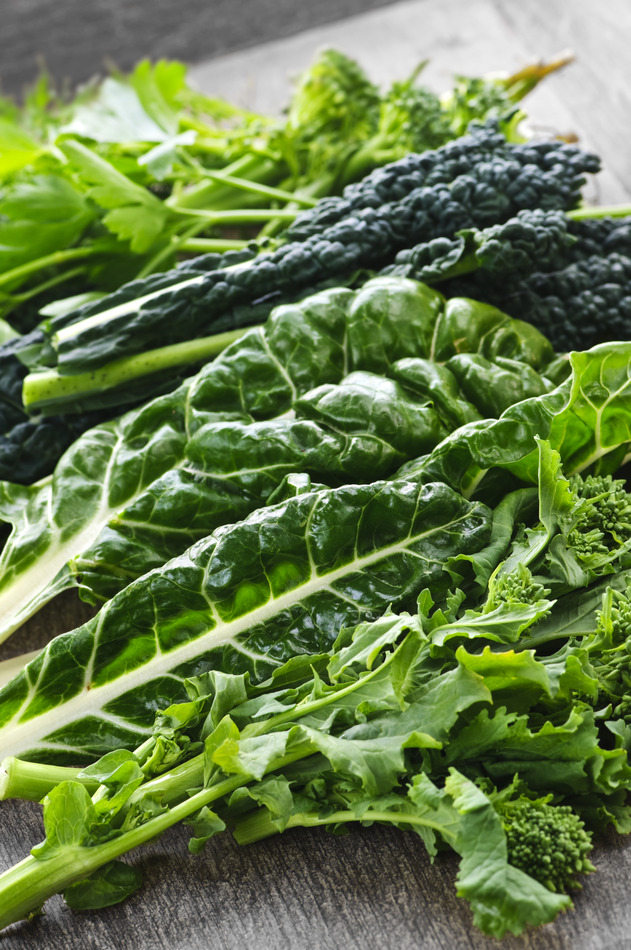
Martha Rose Shulman is in the zone. She’s been there for a long time. Author of my favorite Mediterranean cookbook, I love her entries on the NY Times Well blog.
Here’s her latest, You’re Going to Need a Bigger Bowl, on veggie rich one-bowlers.
I remember Martha Rose from a panel on cooking for the media eons ago at Simmons College when I was getting my Masters at BU (in Nutrition Communications). She was sassy and funny and stylish. Rock on, Martha Rose!

If you need further evidence that environmental toxicity has serious health consequences, the NYTimes reported last weekend on a study that linked high levels of air pollution with lower birth weight babies.
Low birth weight is a powerful negative indicator – it is associated with an array of health problems later in life – from higher rates of disease to less lifelong achievement.
This is a story that I really can’t see the bright side of – except that perhaps to contribute to the growing awareness that we are all connected. No one gets out of this. Environmental activism is really the sane response to this story.
I’ve been reading shamanic writer/teacher Sandra Ingerman’s Medicine for the Earth over the past few months as part of my apprenticeship in Plant Spirit Healing. Ms. Ingerman says we can transmute toxicity in the earth through a process that begins with cleaning up our own internal dialogue. My apprenticeship with herbalist/plant spokesperson Pam Montgomery introduced me to the shamanic paradigm, and I have to say, as a yogini, one of the things that I love about the shamanic tradition is this aspect of coming into a unitive state as the first step in being a force for healing in the world. That unitive state is a version of yoga! I’ve noticed that my plant spirit healing work has helped me deepen my yoga practice – I’m more connected, as I dive inside with my contemplative work, to the living world around me – my internal landscape is broader and feels more deeply woven into the fabric of this magnificent earth.
So as I flounder myself with what to do in response to this story – how do I get more active – I’m thinking the first steps are to continue to slow up for my own internal dialogue, which can get pretty grim at times, clean that out, and practice the energy hygiene my teacher Pam taught me, as well as yogic clearing. Then for now my job is to speak. To do my best to amplify this warning that shows up in our own very bodies, that we are out of balance.
I believe that we can heal the earth, and ourselves, through waking up, honing our intention, and following our intention into the action that is our lifestyles.

Here’s my post on the food-mood connection on the Kripalu blog, thrive.

A while back, the New York Times published an article that pushes the interval training to what was then the max (there is of course now a 4-minute workout for those who can’t spare 7, but I was too proud to check it out).
The scientific 7-minute workout is a collection of 12 exercises that you do at top intensity for 30 seconds each, with a 30 second rest in between. It was developed from the latest science on the benefit of interval training. It is not a pleasant 7 minutes, but it is after-all less then 10 minutes out of my day. Even I have time for that.
After working at it for a month or so I thought – finally! A workout I can stick to. And it does work – muscularly, I could see the change.
Then, blasted injury. I tweaked my back. Not enough to stop me from working or getting through my day. Just enough to sideline me from physical activity for a couple weeks, initiate a month and a half of limp-along level of physical activity, and in me, the 3-4 pounds of dough that means. Hmm. Not so convenient and time-efficient now. I’m als0 a little nervous to get rolling on it again – to get rolling, that is, on a still-effective-but-modified version.
May I remind you that I am a health professional and therapeutic yoga teacher? I knew that the 12 exercises in the scientific 7-minute workout were not for everyone. But I’m in that usually-healthy active lower risk quintile that doesn’t think they need to be careful yet do. When I injured myself, I did so on a day when I had not been active for a couple, and was overloaded at work. So, in thinking about it, the set-up was right in front of me, but of course I was just aiming to take care of myself by being active. In a short intense burst. Of push-ups, sit-ups and other cantilevered movements done at the highest intensity you can muster. What could go wrong?
The scientific 7-minute workout is great – worthwhile and I’m crazy about it. The science is fascinating. But as I ponder weaving it back into my life, I’ve learned that it needs to be part of an overall plan rather than my one manic (OK, seven manic) moment of activity in an otherwise stressed and relatively sedentary day. I’ll do it on occasion when I’ve been walking, working along physically in my daily yoga practice, or dancing more and would benefit from the muscular conditioning that a modified 7-minutes would give me.
This episode also reminds me that science is great – science is good – but science is often wrong. When it comes to weaving scientific recommendations into your life, best to be fully aware, conscious and experiment with a little before taking on a lot.
Fitness and food go hand and hand. If you are just getting started with healthy eating, check out this post:
Getting started with healthy eating

As an integrative dietitian for the past 25 years or so, I’ve had a front row seat to the rise of the toxic food environment and the physical and emotional damage it has wrought.
I often say to guests at Kripalu after the first part of a talk on detoxification, when we’ve waded through just how toxic our food and our lives can be. The ramification are sinking in (horror-stricken is the dominant expression). At this moment of despair I remind myself to think of the Kripalu volunteers. Every 6 months, we have a new flight of (usually) young, (often) optimistic volunteers who come to help keep the amazing place that is Kripalu operating.
Now I grew up in farm country – Western New York State. My grandfather was a farmer, and my father sold fertilizer (ugh) to farmers for a while. I picked apples and raspberries, planted Brussels sprouts off the back of a tracker (very dusty), and sorted tomatoes, again behind a tractor (can you say exhaust?) to earn spending money when I was in high school. But when I went off to Cornell, there was no way that I was going to move back to Lyndonville and the farm. But the young Kripalu volunteers all want to be organic farmers, or at least part of a local sustainable food movement. They get it, and are active about it. So when I feel overwhelmed I think of them – they are our future, and it helps me back away from the ledge and breathe.
I just got back from my first visit of the season to the farmer’s market in Great Barrington. And who should I run into Maddie Elling of Hosta Hill – a former member of the young Kripalu community. But now she is making fermented foods. Beautiful fermented foods. So I don’t have to! Fermentation is a bacterial process used in many culinary traditions for millennia – think sauerkraut, temple, beer, and yogurt. Fermentation is a growing food trend due in part to better understanding – and a growing number of great research studies – on the benefit of probiotics. People like Maddie are the solution to the toxic food environment. The opposite, actually, of the toxic food environment. Maddie is making beautiful clean nutritious food by hand. And when you can have a chat with her about how cool fermentation is and have a taste of her delicious goods (I got a beautiful tangy jar of Crimson Kraut), then you get the full dose of what local food is all about – nutrition, clean and sustainability, community, fun.
Sometime the worst (Twinkles? Lean Cuisine? Diet Coke? BPA?) are the energetic impetus or precursor for the best (home made sauerkraut made with love by a sweet local gal). I wonder if it had to get this bad to make space for something this good. It’s like the best thing George Bush did was be so bad that Barak Obama could become President. It happens just like that. It’s energy. Opposites do attract.
T”is the season. Get to your local farmer’s market – it about more than fresh greens (though that’s reason enough too).
Find your local farmer’s market here
Check out the 2013 farmer’s markets in the Berkshires and CT where you can find Hosta Hill here.
I’ve been in recipe mode this spring, I have just a few posted, but you can keep track of my recipe collection progress. Comments, please!







